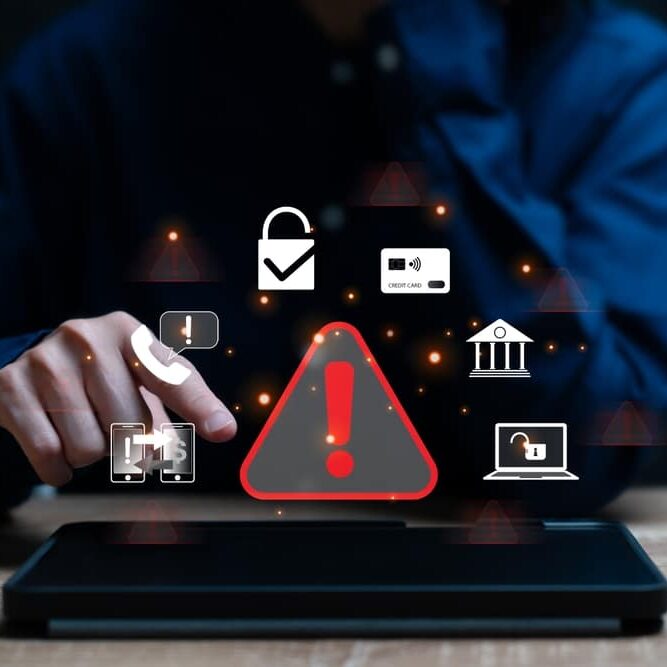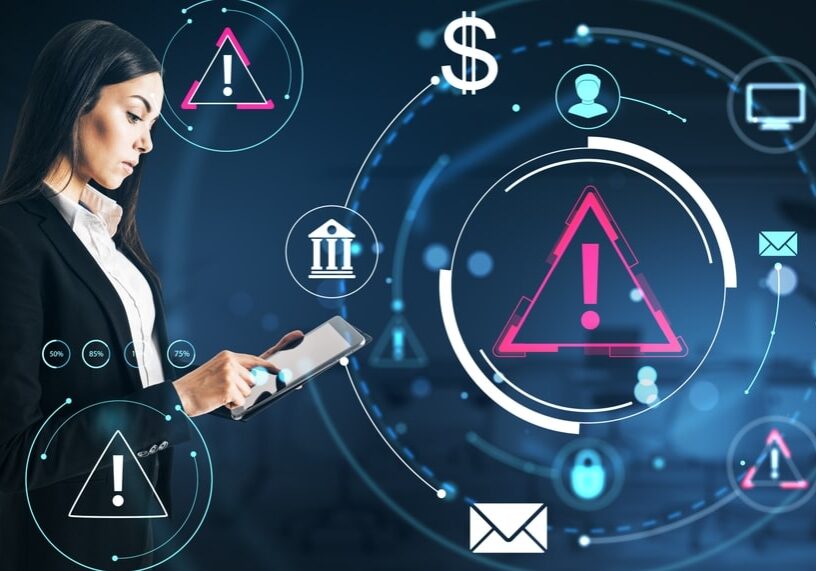Phishing attacks have become one of the most persistent and dangerous cybersecurity threats facing small businesses today. What once was a straightforward attempt to trick someone into opening a suspicious email attachment has now evolved into sophisticated schemes leveraging malicious URLs, social engineering, and even artificial intelligence. For small business owners, understanding this evolution is critical to protecting sensitive data, financial resources, and company reputation.
In this article, we’ll explore the history of phishing, the rise of URL-based attacks, emerging phishing trends, the impact on small businesses, and practical strategies to defend against these threats in 2025 and beyond.
Understanding Phishing: A Quick Overview
Phishing is a type of cyber attack where attackers impersonate trustworthy entities to steal sensitive information, such as login credentials, credit card numbers, or other personal and business data. Traditionally, phishing was conducted primarily via email, with attackers sending messages that appeared to come from reputable sources.
The main goals of phishing attacks include:
- Data theft: Stealing customer, employee, or company information.
- Financial fraud: Obtaining bank details, initiating fraudulent payments, or demanding ransoms.
- Malware delivery: Infecting systems with malicious software, including ransomware or spyware.
While email attachments were the primary method for years, attackers have continually adapted to bypass security measures and exploit human behavior, leading to the current landscape dominated by malicious URLs and more targeted approaches.

Emerging Trends in Phishing
Phishing continues to evolve, with new tactics posing increased risks to small businesses:
Spear Phishing
Spear phishing targets specific individuals or departments, often using personal information to make messages more convincing. Executives and finance teams are common targets, with attackers crafting highly realistic emails that appear legitimate.
Smishing and Vishing
- Smishing: Phishing via SMS text messages.
- Vishing: Phishing via phone calls.
Both methods exploit trust and urgency, often prompting immediate action from the recipient, such as entering credentials or making a payment.
AI-Powered Phishing
Artificial intelligence and machine learning are now being leveraged to craft sophisticated phishing emails. AI can generate messages that mimic writing styles, increasing the likelihood of successful attacks. Deepfake audio and video are also emerging as tools for phishing, creating realistic scenarios that can deceive even vigilant employees.
Social Media Phishing
Platforms like LinkedIn, Facebook, and WhatsApp have become fertile ground for phishing attacks. Malicious actors may send direct messages that appear to be from colleagues or business partners, or post links that lead to fake login pages designed to steal credentials.
Impacts on Small Businesses
Phishing attacks can have serious consequences, particularly for small businesses that may not have extensive IT resources or dedicated cybersecurity teams:
Mitigation Strategies for Small Businesses
While phishing threats are continually evolving, small businesses can take proactive steps to reduce risk and protect their operations:
Educate staff about recognizing suspicious emails, links, and messages. Regular phishing simulations can reinforce awareness and improve response times.

Looking Ahead: The Future of Phishing
Phishing will continue to evolve as attackers leverage technology and social engineering. Small businesses should anticipate:
- Increased AI involvement: Phishing emails will become more personalized and harder to detect.
- Cross-platform attacks: Threats will target email, SMS, social media, and voice channels simultaneously.
- Automated attacks: Phishing campaigns will scale through automation, increasing volume and frequency.
Staying informed, investing in employee training, and adopting proactive cybersecurity measures will be essential to keep pace with these developments.
Proactive Measures for Long-Term Protection
Small businesses can turn phishing challenges into opportunities for stronger security by:
- Implementing comprehensive security policies that address email, mobile, and social media usage.
- Conducting regular cybersecurity audits to identify vulnerabilities.
- Integrating AI-based threat detection to complement human oversight.
- Fostering a culture of security awareness across all levels of the organization.
By combining technology, training, and vigilance, businesses can reduce the likelihood of falling victim to phishing attacks and protect their data, finances, and reputation.
Staying Ahead in the Phishing Arms Race
The evolution of phishing—from attachment-based malware to sophisticated URL and AI-driven attacks—underscores the ongoing risks small businesses face in the digital age. While the threats continue to grow more complex, proactive strategies, informed employees, and robust cybersecurity tools can help mitigate risks.
For small business owners, staying ahead of phishing means prioritizing security awareness, adopting advanced protection measures, and continually monitoring for emerging threats. With the right approach, small businesses can confidently navigate the phishing landscape, protect their assets, and maintain customer trust in an increasingly digital world.
